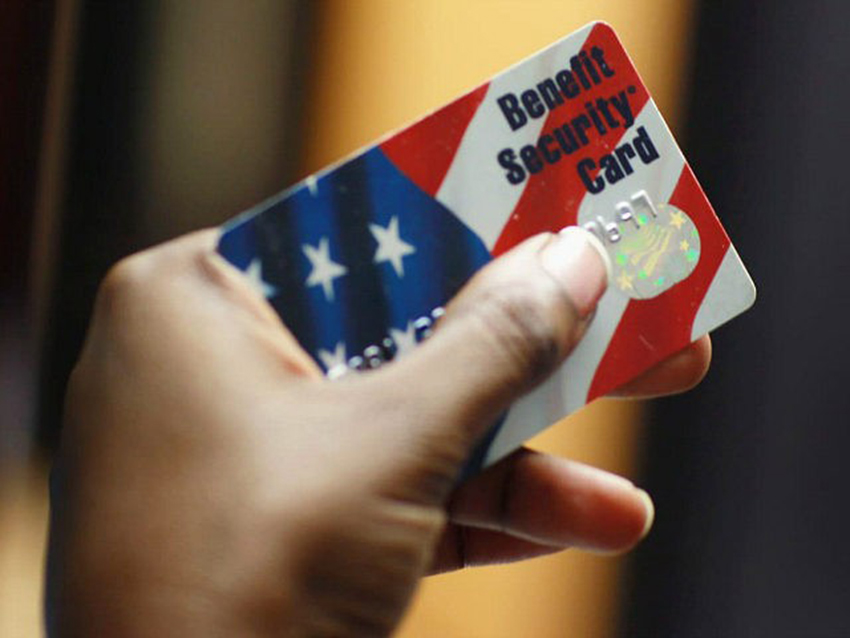
Because it needs $612 to purchase the TFP market basket, SNAP issues the household $312 in benefits. For example, a household of four people with net income of $1,000 per month is expected to spend $300 per month of its net income for food. To the extent that 30 percent of household income is insufficient to purchase an amount of food equal to the TFP market basket, the SNAP benefit is issued in an amount that, combined with 30 percent of household income, totals the TFP amount for that household size ( FNS, 2012b). Other households receive the TFP amount minus 30 percent of their net income because the SNAP program assumes that each household with income can contribute 30 percent of that income to the purchase of food.
#SNAP FOOD STAMPS FULL#
Households with very little or no income receive the full TFP amount. This chapter reviews the history of SNAP, the SNAP benefit formula and eligibility, the definition of the SNAP allotment, trends in program participation and costs, and trends in food insecurity and poverty and how they are affected by the SNAP program.

In fiscal year (FY) 2011, SNAP served more than 46 million Americans at a cost of more than $75 billion ( FNS, 2012a). SNAP, formerly called the Food Stamp Program, is the nation's largest nutrition assistance program and a key automatic stabilizer of family well-being during economic downturns. Nutrition assistance programs offered by USDA include the Supplemental Nutrition Assistance Program (SNAP) the Special Supplemental Nutrition Program for Women, Infants, and Children (WIC) the National School Lunch and School Breakfast (School Meals) Programs, including summer food service the Child and Adult Care Food Program (CACFP) Food Assistance for Disaster Relief the Emergency Food Assistance Program the Food Distribution Program on Indian Reservations and food distribution programs such as the Commodity Supplemental Food Program. Department of Agriculture (USDA) includes among its goals to increase food security and reduce hunger by increasing access to food, a healthful diet, and nutrition education for low-income Americans. The Application for Benefits is available in several languages.The U.S. You can apply for Basic Food Assistance online, by phone at 87 or at your local Community Services Office.

#SNAP FOOD STAMPS HOW TO#
Are you eligible? Try our online benefit estimator.Ĭheck out this guide for more information about how to apply for and use Basic Food benefits ( English, Spanish, Russian, Vietnamese, Somali, Korean, Laotian, Chinese, Cambodian) How to Apply For Basic Food Benefits: Your Basic Food benefits are based on your family size and income. More information can be found on the ABAWD page. Some childless adults will need to participate in work activities in order to stay eligible for Basic Food. ( Amharic, Arabic, Cambodian, Chinese, French, Korean, Lao, Persian, Punjabi, Russian, Somali, Spanish, Ukrainian, Vietnamese) Legal immigrants who are not eligible for federal basic food solely due their immigration status may be eligible for the state Food Assistance Program.Īpplying for or receiving SNAP does not make you a public charge and will not be considered in a public charge determination. Citizenship or alien status requirements.You can learn more about these supplemental benefits here ( Cambodian, Chinese, Korean, Laotian, Russian, Somali, Spanish, Vietnamese). Food supplements have been issued since April 2020 and continue on a month-to-month basis with federal approval.

NEWS: Congress approved supplemental funding for recipients of food assistance due to the impacts of COVID-19. Department of Agriculture Supplemental Nutrition Assistance Program, or SNAP, called Basic Food in Washington, helps people with low incomes make ends meet by providing monthly benefits to buy food.


 0 kommentar(er)
0 kommentar(er)
